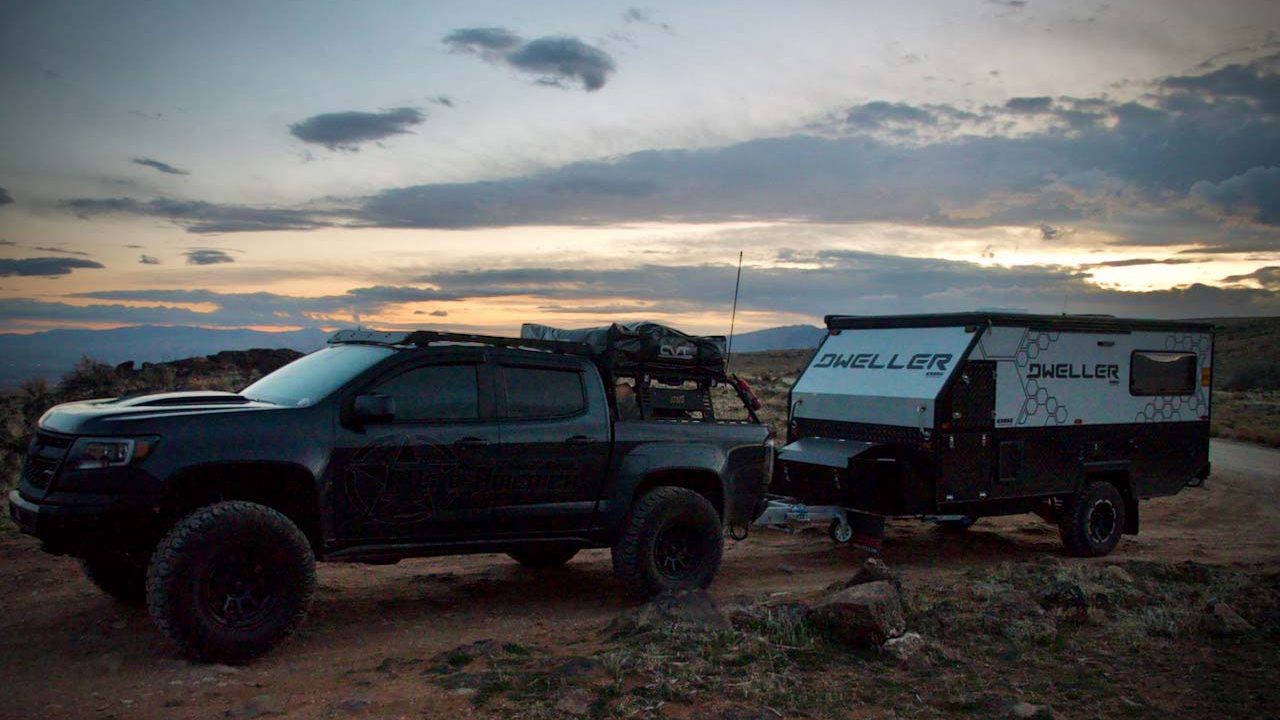
Why do adventure RVs cost so much?
This is one of the first questions you probably asked when you began researching adventure RVs, and one of the top questions we get asked at our Bish’s RV stores by shoppers seeing them for the first time. There’s a noticeable price difference between an adventure RV and a traditional RV of the same size—and sometimes that difference is HUGE. No way around it, adventure RVs aren’t cheap.
Reasons why adventure RVs cost more than traditional RVs:
- Heavy-duty Construction
- Rugged Exterior Construction
- Added Insulation
- Heavy-duty Steel Frame
- Off-Road Hitch
- Suspension and Tires
- Independent Suspension
- Off-Road Tires
- Power and Water Systems
- Multi-Power Systems
- Increased Water Capacity
- Manufactured by Small Businesses
This article will cover these price-impacting reasons in detail, but first, let’s answer another questions we get asked a lot…
Adventure RV? Overland RV? Expedition RV? What’s the difference?
These three terms are often used interchangeably, although there are some who feel strongly that there is a BIG difference between the three, but for the most part:
Overland or Overlanding: A term used to describe a type of RVing more about the journey through rugged terrain than the destination.
Expedition RV: Typically refers to a certain style of RV—typically a super durable, yet luxurious motorhome meant for extended travel through the backcountry.
Adventure RV: A broader term to describe an RV that is used by someone who is not camping at a campground who will travel primarily on non-paved roads through the mountains, desert, or beaches. For the remainder of this article, we will refer to all the different types of overland/expedition/adventure RVs simply as “adventure RVs”
Heavy-Duty Construction
Just looking at an adventure RV, you can see how noticeably robust they are. These things are tough! We often hear people say “Wow, this looks like a tank!”. While you might not be planning on going to war, if you’re planning on battling tough terrain, the strong and durable construction of an Adventure RV will withstand the abuse of off-road travel. The primary material used to build an adventure RV is metal—and lots of it! One of the main reasons adventure RVs cost more than traditional RVs is construction and material costs. Adventure RVs are built with strong, high-quality metals, which drives construction costs up considerably—anywhere from $1,000 to $500,000 more than a comparable traditional RV of the same size.
Rugged Exterior Construction
Let’s face it, there’s no predicting what challenges you will face while traversing the roads less traveled. (Wait! You’re not even on a road!). If you’re traveling off road, you need something that can withstand all the rough bumps and bang ups that inevitably happen while adventuring the outback, including the most extreme of circumstances, an unexpected roll over. Traditional RVs typically have either thin aluminum or fiberglass exterior paneling, while adventure RVs are built with meticulously engineered panels crafted from strong aluminum or fiberglass. In addition, most traditional RVs use wood as a key material in the framing for the vehicle’s walls, but adventure RVs use strong steel or aluminum for their walls’ framing. These quality materials and craftsmanship, though pricey, are why adventure RVs are able to withstand the severest of punishments while out roaming untamed territory
Added Insulation
Adventure RVs are not only built to stand up to extreme terrain, but also to extreme weather and temperatures. While not all adventure RVs are meant for four-season camping, to keep you comfortable when you’re miles from civilization in above average hot or cold conditions, most are more heavily insulated than traditional RVs. The additional insulation also means an additional cost in manufacturing, thus adding to the final cost of the adventure RV.
Heavy-Duty Steel Frame
The frame is the most important part of your RV because it is the interior skeleton that holds your camper together. The strength and construction of your RV’s frame determines its durability. The bigger and heavier your RV, the stronger your frame needs to be. Adventure RVs are not light, with their burly frames typically 1 ½ times the thickness of a traditional RV’s frame. This added thickness provides strength and stability, but also increases the cost to manufacture.
Off-Road Hitch
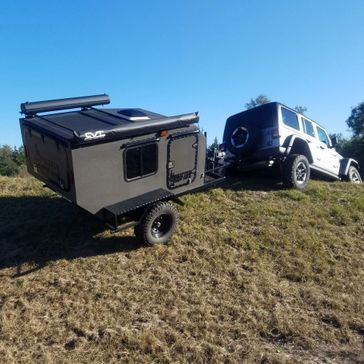
Most traditional campers are equipped with fixed, non-moving hitches designed for towing on paved roads; however, most towable adventure RVs have a specialty hitch called an articulating hitch. Articulating hitches allow movements up to 360 degrees. If you’re wondering why this kind of movement is important, imagine this: You’re traveling to your remote basecamp across uneven, rocky ground. You’re going to need your camper to have the ability to articulate one direction while your tow vehicle flexes the other way to navigate that difficult terrain. This articulation allows all the wheels of your vehicles to remain on the ground to negotiate that surface. With an articulating hitch, even if one of your vehicles, either the one you’re driving, or the camper you’re towing, were to flip over, the articulating hitch would rotate with the rolling movement, and your other vehicle would remain upright. Depending on features, size and quality, this specialty hitch can raise the cost of an RV between $100 to $2,000.
Suspension and Tires
Independent Suspension
A camper’s suspension system determines how well it maneuvers across rugged terrain. Traditional RVs come equipped with a standard suspension, meaning a straight axel connecting the left and right wheels. If the left wheel moves up or down, it directly impacts the right wheel. However, adventure RVs have an independent suspension where each wheel is attached independently to the frame. An independent suspension allows each wheel to move up or down without directly affecting the others, which is critical when you’re hauling your camper up a rocky mountain slope to find that hard-to-reach fishing hole up top. This higher quality construction and materials requires more crafted pieces for each wheel and can add an additional $4,000 to $45,000 to the total cost of your adventure RV.
Off-Road Tires
Another huge factor that determines how well you’re able to boldly traverse rocky, uneven terrain is your rig’s tires. Adventure RVs come with off-road tires that are noticeably larger than the tires on a traditional RV. These tires are super durable and have specialized treads that provide superior traction. Off-road tires are larger than standard tires for a couple of reasons: 1) Their height provides added clearance for your trailer, so you don’t bottom out. 2) The larger surface rolls more easily over rocky debris. Off-Road tires add anywhere from a $100 to $500 per tire to the overall cost of an adventure RV.
Power and Water Systems
Multi-Power Systems
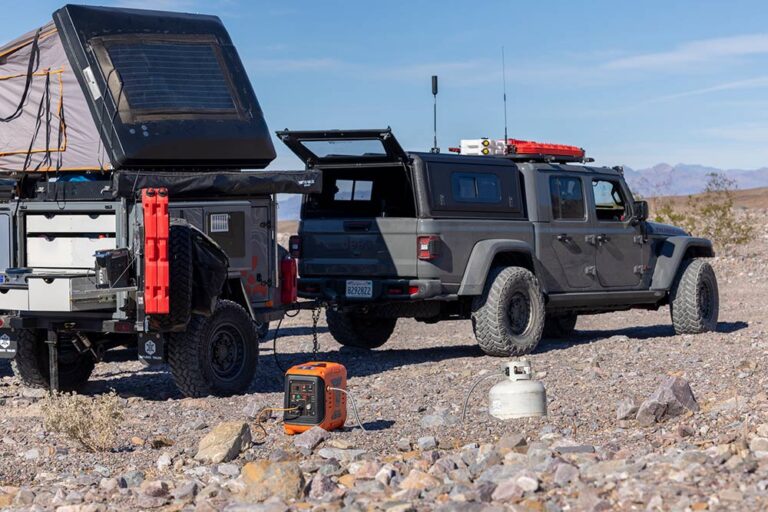
There are no hookups in the outback! While many traditional RVers go to a campground with electrical power and plug in, that’s not an option in the backcountry. If you’re going off grid for any extended length of time, you’re going to need a long-term power solution. Most adventure RVs utilize a multi-battery setup (two or more 6v or 12v batteries) and have a multi-solar panel setup (2+ panels) to maintain consistent and constant power while you’re out camping in the wild. These state-of-the art power solutions are not cheap, adding an additional $500 to $10,000 to your RV’s cost
Increased Water Capacity
For the same reasons adventure RVs have multi-power systems, most also have an increased water capacity when compared to traditional RVs. You’re not going to have water hookups to fill up your fresh water reserves at basecamp, so you’re going to have to take all the water you will need to last your entire excursion. This type of durable, high-capacity tank adds another $500 to $5000 to the cost of your RV.
Built by Small Companies
The companies making adventure RVs are small businesses. These small companies are owned and operated by people who have a love for overlanding and want to share their passion with you. Due to their size, they can’t buy in bulk, or get huge cost breaks for employing hundreds of people. With their higher overhead, the products they create cost more. However, most of these small adventure RV manufactures, like OBI, Conqueror, OEV, and Ember are also sometimes able to custom build special modifications to make your adventure RV truly yours. For the customers we’ve talked to, the specialized attention and service they’re able to get from these small manufacturers is priceless.
You get what you pay for
No way around it—adventure RVs cost more, and they’re definitely not for everyone, but if you love camping in the remote areas paved roads won’t take you, then the adventures available to you in an adventure RV are worth the extra investment.
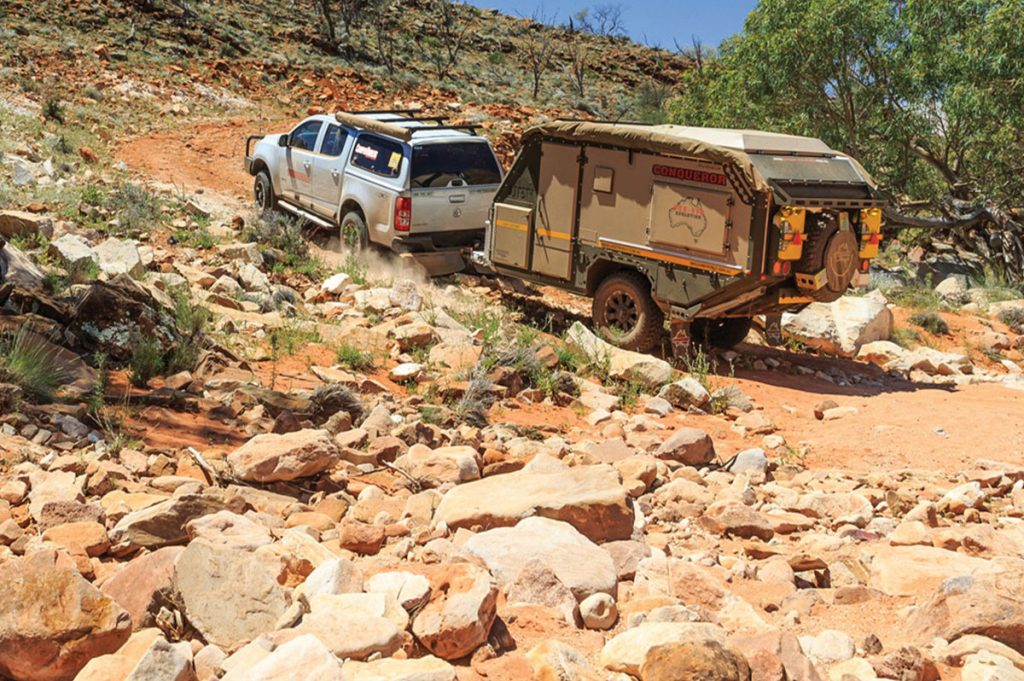
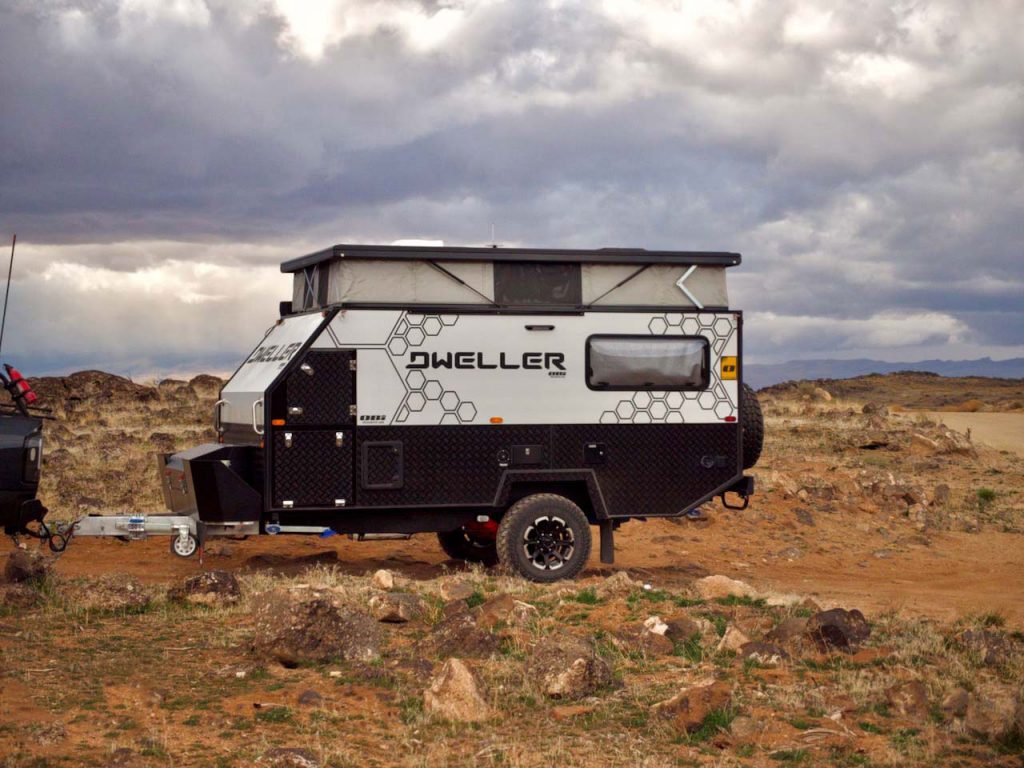
You can see more Adventure RVs at Bishs.com